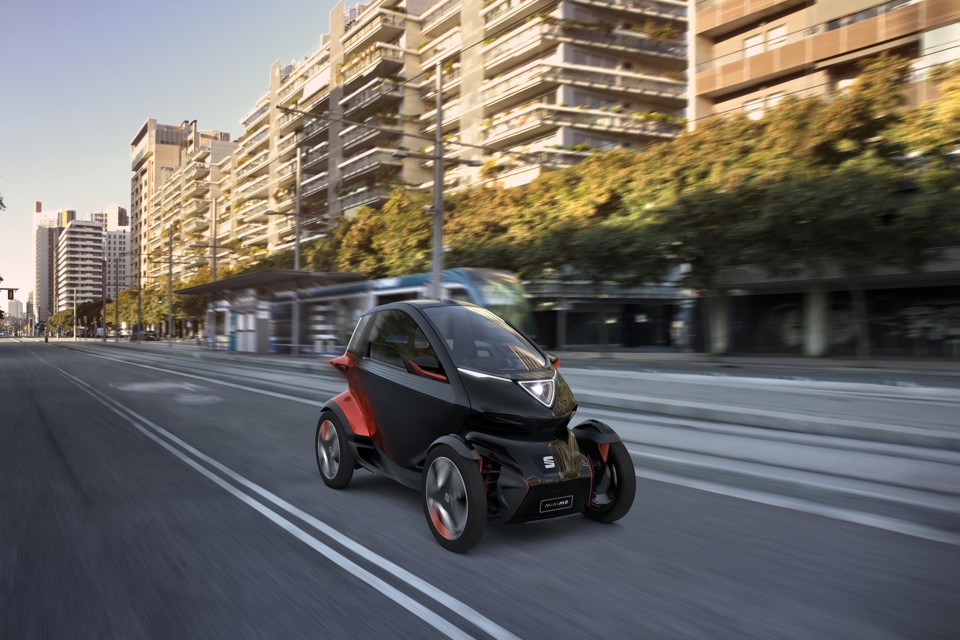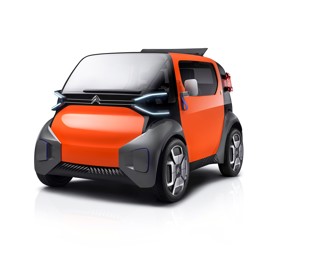Seat has taken the wraps of its Minimo concept car: its vision of the future of urban mobility.
The all-electric two-seater quadricycle has been developed to meet the challenges of city driving, such as emissions laws regulating vehicles entering urban areas, growing congestion and the lack of parking spaces.
Luca De Meo, president of Seat, says: “The industry is adapting to changes in the way customers view personal transport.
“With the Minimo, the vision of our first product designed to purpose, Seat is addressing those challenges, combining autonomous driving technologies with electric powertrain systems to create the future of urban-mobility.”
It has a range of more than 62 miles on a single charge, while its battery can be easily removed and replaced with a full one to minimise downtime.
Seat has also announced an agreement with IBM to create Mobility Advisor, which uses IBM Watson AI to help urban citizens make informed decisions about their daily transportation options including cars, scooters, bikes and public transport.
Jordi Caus, Seat’s head of new urban mobility concepts, said: “Traffic congestion and environmental challenges are putting huge pressure on cities to transform.
“At Seat we are leading the way by working with innovative cities and technology companies to come up with solutions to make mobility easier and more efficient.
“With its advanced cloud and AI technologies, IBM is helping us to innovate new approaches to mobility that will transform our business strategy while improving the lives of people living in urban areas.”
Currently under development and designed to run as a mobile app on 4G/5G networks, Mobility Advisor uses IBM Watson Assistant to provide users with a conversational interface to plan and optimise routes and suggest the most suitable transportation options.
‘Mobility Advisor can learn a user’s preferences and make personalised recommendations for how best to complete a journey.
Connected to the IBM Cloud, it adapts to changing conditions by taking into account weather forecasts, traffic reports and things happening in the city that day.
It incorporates the user’s appointments and historical data about previous choices in order to suggest the best modes of transportation each time – even if that means leaving the car behind, walking, or using one of Seat’s e-Kick scooters for the part of the journey.
“With the roll-out of 5G networks in cities in the coming years, the possibilities for transforming the driver experience are limitless,” said Juan Ramon Gutierrez Villar, industry solutions leader, IBM Global Markets.
“At IBM, we are working with telecommunications companies and innovative manufacturers like Seat to provide the open technologies which they need to deliver on this vision and create highly contextualized and personalised user experiences that work at lightning speed across multiple clouds and IT platforms.”
























Evel Edna - 26/02/2019 11:02
Quite apart from the huge similarity to the Twizy, this sort of solution would be ideal for most short range, single occupancy commutes. I still think encouraging such drivers on to powered two-wheelers would be better though.